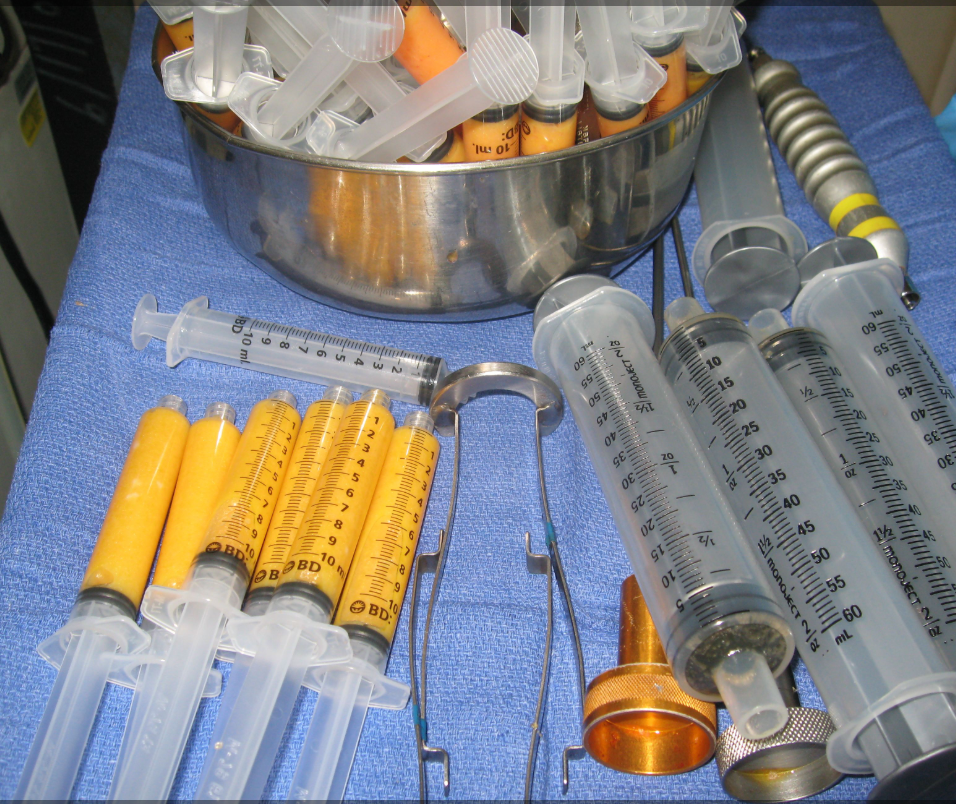What the heck is a Fat Transfer?
What the heck is a Fat Transfer?
Dr. Peter Bray

“Fat Transfer: To add volume and shape to the face or body using fat collected from other areas of the body.”
Procedure
Fat Transfer or “Fat Grafting”, Fat Injections or “Lipo-filling”, uses the individuals own body fat to reshape and sculpt the body. It is a common technique and has been proven safe and in use since the early 1990s.
Facial conditions best treated with a Fat Transfer include: Sunken cheeks, deep grooves and lines formed between the lower eyelids and the cheeks. It is also a common solution for lip enhancement. Fat Transfer can fix and smooth any irregularities of the body including those resulting from aging, poorly executed liposuction or injury.
Fat is first obtained by “Liposculpture” through one or more 3–5mm incisions, normally located in the abdomen or inner thigh. The removed fat is then processed in a centrifuge, filtered and rinsed. This pure liquid fat, ready for injection, produces the best results.
The collected fat is then injected wherever it is needed. It is evenly distributed into a problem area by injecting minute amounts into the tissue, so the processed fat is surrounded by healthy tissue. This is to ensure that the transplanted fat remains in contact with a healthy supply of oxygen and nutrients from the surrounding tissues.
How long does it take?
Usually an hour, depending on the individual and the size of the areas to be treated.
Anesthesia
Local anesthesia is applied to the donor area and area to be treated.
Inpatient or Outpatient?
Both are options, depending on the patient’s preference.
Possible Side Effects
- Donor area: Some bruising, swelling and tenderness, it can take up to 24 hours for proper drainage of the anaesthetic fluid.
2. Treated area: Bruising, swelling and tenderness, especially if the lips are treated.
Lips and other areas that have been treated will swell immediately after the operation, this is normal. It is important to use a cold pack and apply compression for a few hours after the procedure to minimize swelling.
It is likely that the swelling will continue to increase until the third day, when gradually it will start to subside. After 7–10 days patients usually feel confident about getting out and resuming their normal life. If any bruising remains, it can be hidden easily or concealed with make-up.
Patients should have a return visit with their Surgeon after 5–7 days and again 3 weeks later. By then most of the swelling will have subsided but the result may still look exaggerated. Most Surgeons “over-correct” during the procedure, injecting more fat than is actually needed because typically 25-30% of the transplanted fat cells die. The final result can only be properly assessed after about three months. Your Surgeon will then compare before and after photographs to correctly evaluate your results. A second appointment may be scheduled to do any revisions and add more volume if needed.

Comments
Post a Comment